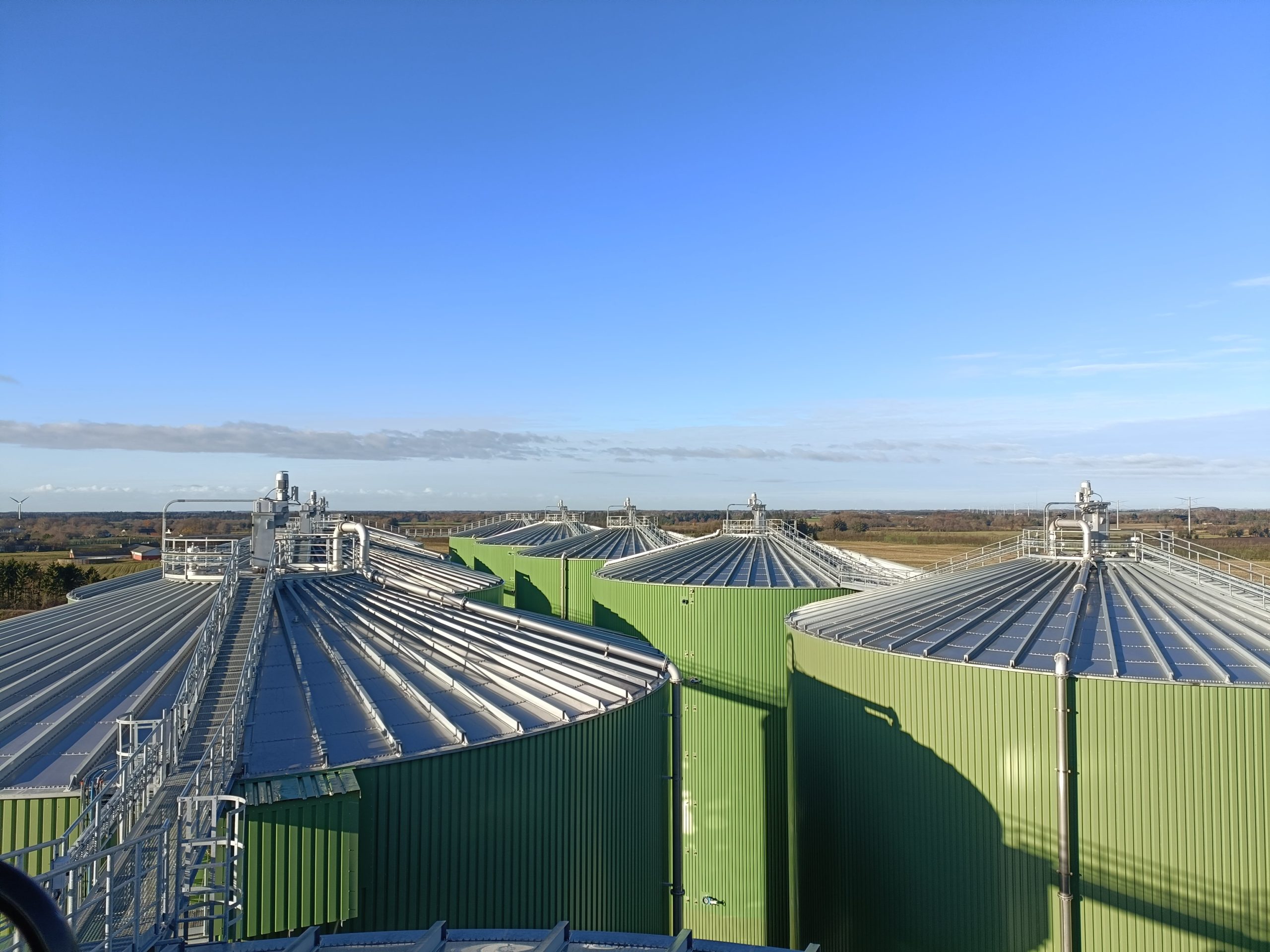Gas Infrastructure Operators of Europe (GIE) presented an important and interesting position paper on the scaling of biomethane projects in Europe, the main points of which we would like to highlight in this material.
 The European Commission’s REPowerEU has identified Biomethane as a renewable lever for Europe’s decarbonisation and security of supply. But how to kick-start its development in the most cost-effective and efficient way?
The European Commission’s REPowerEU has identified Biomethane as a renewable lever for Europe’s decarbonisation and security of supply. But how to kick-start its development in the most cost-effective and efficient way?
GIE is constantly engaged in the research of new technologies and participates in the development of the regulatory framework and the determination of market conditions. As a representative of European gas infrastructure operators, the association is a direct participant in the development of the biomethane industry, so this document needs attention and revision.
To facilitate cooperation among GIE members in achieving this target from the perspective of gas infrastructure operators, GIE last year established a dedicated Working Group on Biomethane (WG). Some GIE members are among the frontrunners of biomethane.
GIE’s position paper explores the synergy of natural gas capacity and biomethane opportunities to grow the sector. This document recognizes the important role of biomethane in the energy transition and the ability of the gas infrastructure to exploit it.
The paper is divided into 3 main focuses:
- Infrastructure development
- Sector integration
- Barriers to development
Download the position paper
The paper delves into the pivotal role that biomethane plays in the transition to a sustainable and low-carbon energy system.
As a renewable gas available in the European market, biomethane has the potential to replace portions of natural gas supplies, contributing to a greener energy landscape. It aligns with the goals set by the European Commission in the REPowerEU Plan, which aims to achieve an annual production target of 35 bcm of biomethane by 2030.
5 GIE recommendations for success
- Establish a level playing field across renewable energy sources.
- Establish an EU-wide certification scheme accommodating cross-border trade in renewable gas.
- Provide a fair regulatory framework for renewable gas technologies and connections.
- Eliminate cross-border inhibitors by stimulating the industry to review quality and standards.
- Raise awareness of renewable gas’ necessity and benefits.
The main theses of the document
Sector coupling and synergies with other sectors
The paper highlights how biomethane’s unique characteristics enable the efficient integration of renewable energy sources into various sectors, such as residential, transport, industry, and commercial/trade. Biomethane’s flexibility in production and consumption makes it a dependable energy source, contributing to the decarbonisation of various sectors.
Infrastructure development
Biomethane can be seamlessly injected into the existing gas grid, utilising the current infrastructure without significant new investments. The paper explores the challenges and solutions for adapting the gas infrastructure to accommodate higher biomethane volumes, ultimately supporting the ambitious production targets of REPowerEU.
Barriers to development
Economic, technical, regulatory, and social barriers to biomethane development are presenter while the importance of long-term regulatory frameworks, recognition of externalities, and the need for community engagement and education to overcome the challenges are reminded.
Biomethane is more than just a renewable gas; it’s a cornerstone of a sustainable, low-carbon future. With the right policies and collective efforts, we can further integrate biomethane into our energy systems, ensuring a greener, more reliable, and cost-efficient energy future for Europe.
Source: GIE Position paper.
Image: BioGem Express.